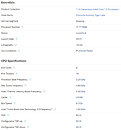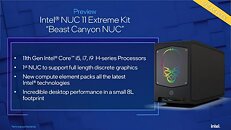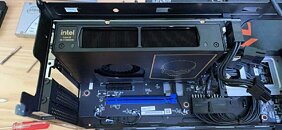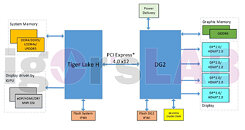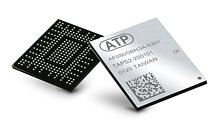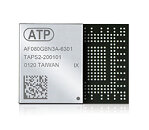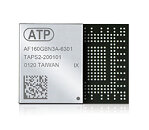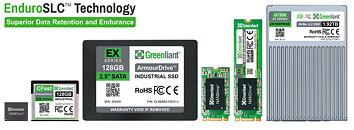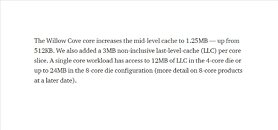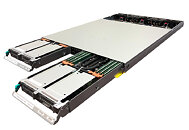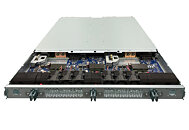Greenliant Launches NVMe NANDrive BGA Single-chip SSDs
Greenliant is now sampling its new NVMe NANDrive ball grid array (BGA) solid state drives (SSDs) to customers requiring reliable, high performance data storage for embedded systems used in high stress, extreme environments. Operating between -40 and +95 degrees Celsius, NVMe NANDrive SSDs support the PCIe Gen3x4 interface and are built in an industry standard M.2 1620 (16 x 20 mm, 291-ball) package. See NVMe NANDrive information at https://bit.ly/NVMe-BGA-SSD.
"Building on our proven track record with PATA, SATA and eMMC NANDrive, Greenliant delivers another outstanding high reliability BGA SSD, now with the high speed PCIe NVMe interface, and features that meet the requirements of the most demanding applications," said Arthur Kroyan, vice president, business development and marketing, Greenliant."
"Building on our proven track record with PATA, SATA and eMMC NANDrive, Greenliant delivers another outstanding high reliability BGA SSD, now with the high speed PCIe NVMe interface, and features that meet the requirements of the most demanding applications," said Arthur Kroyan, vice president, business development and marketing, Greenliant."































